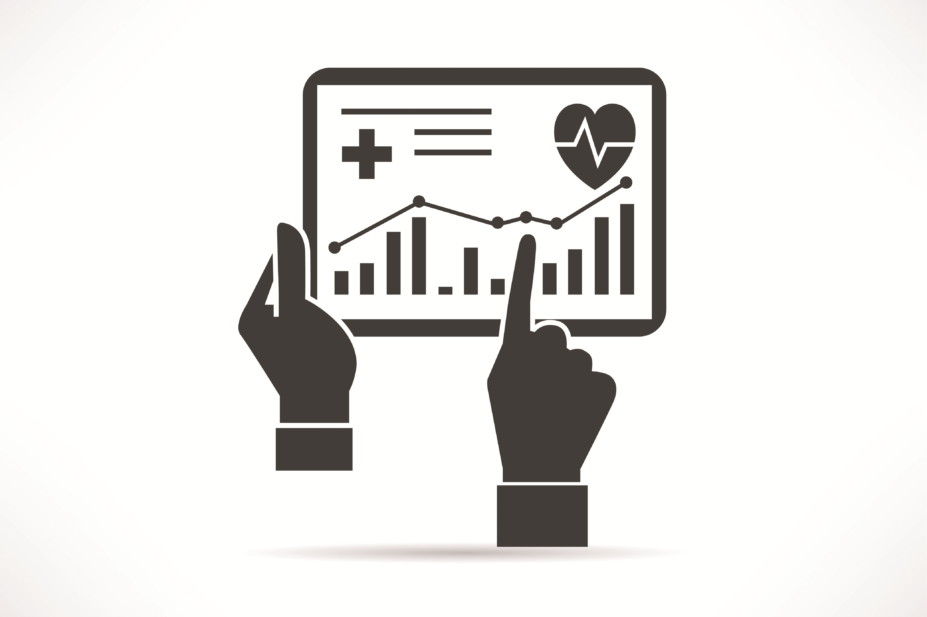
Shutterstock.com
In December 2017, the pharmacy department at Nottingham University Hospital’s (NUH) took a huge technological leap.
All clinical pharmacists and pharmacy technicians were issued with iPads, to align with NUH’s vision to deliver ‘clinically-led, mobile-facilitateÂd information and communication technology as part of a paperless hospital by 2020’.
That is easy to say, but it was a huge struggle to get the financial approval.
The only way that we could finance the purchase of the iPads was by giving up a clinical post, so the decision for reinvestment had to be made carefully and, as you can imagine, sign-off took a while. However, we were in a good position to make the case for a change and other professions have already led the way, with some 161 hours a day released for nurses in the trust to care for patients after they were given a similar mobile device in 2016. This meant our burden of proof was lower.
The trust had already invested in a mobile clinical workflow platform, known as the ‘NerveCentre’, into our workflows. This system is designed to improve bed management and the flow of patients through the trust and enables an e-handover system where up-to-date patient details are securely stored. It includes an e-observation record of patients’ vital signs, the status of electronic discharge prescriptions (or ‘To Take Outs’ [TTOs]) and the predicted discharge date.
Most of the information in NerveCentre is captured by clinical teams via mobile devices at the patient’s bedside, or at a board round, with information also pulled from a central database to provide a ‘live view’ of individual patients. This creates what we call the ‘single version of the truth’, which is permanently accessible to the whole multidisciplinary team to support continuous, joined up care.
From September 2016, we started to include pharmacy relevant specific fields to track our performance and include vital follow up information about patients. For example, we can measure how we are doing on ensuring medicines reconciliation within 24 hours, and note when a patient was last seen and if they are taking any critical medicines.
So, despite not having e-prescribing, we had reams of information available at our fingertips, but no devices to access it at the point of need.
After the devices were introduced, there were some immediate efficiency gains. Having a mobile device meant we could stop frequently queueing for access to the limited number of ward computers to review each patient’s vital signs and medication history. Rapid bedside access to local clinical guidelines, the BNF app and other clinical resources, meant that we had the most up-to-date information in front of us and could follow best practice. It also meant we did not have to rely on the paper copy of the BNF — a significant financial saving.
We also were able to make our counselling of patients much more effective, for instance showing them videos to aid understanding of the medications they were taking.
As a clinical pharmacy team we are now able to create our own individual ‘worklists’ of patients over more than one ward, allowing us to prioritise our workloads. Filters within the Nervecentre handover system allow us to have a clearer idea of which patients are going to be priorities for discharge prescription processing, as the TTO status for patients going home today/tomorrow can be quickly seen.
Rapid identification of patients who are newly admitted and require medicines reconciliation within the first 24 hours is possible; and it’s easy to find patients who require follow up or careful review of their critical medication. We know who our higher risk patients are and we know which patients we need to review to meet our medicines reconciliation performance targets. For instance, now we can see which patients are going home and whether their TTOs are ready for us to process. We can see the medical plan, share the pharmaceutical plans with our colleagues and get involved in the discharge planning at a much earlier stage.
All of this information, as you would imagine from an electronic system, stays with the patient when they transfer wards. This is a vast improvement to what would happen previously when we used paper handovers, as often all the professional knowledge about a patient would be lost when they moved wards; never mind the information governance risk of carrying around a sheet of confidential personal information for a ward full of patients.
The initial uptake of the iPads in the pharmacy department was significantly lower than I had hoped considering there are more mobile devices in the world than people. But as we were able to show so many improvements in our efficiency by utilising this technology, that increased. Indeed, they are now so integral to how we work; many of the staff can’t imagine being without one now.
About the author:
Claire Patel is lead pharmacist in the medicine division at Nottingham University Hospital.
You may also be interested in
The importance of diverse clinical imagery within health education

Government should consider ways to prevent ‘inappropriate overseas prescribing’ of hormone drugs, review recommends
